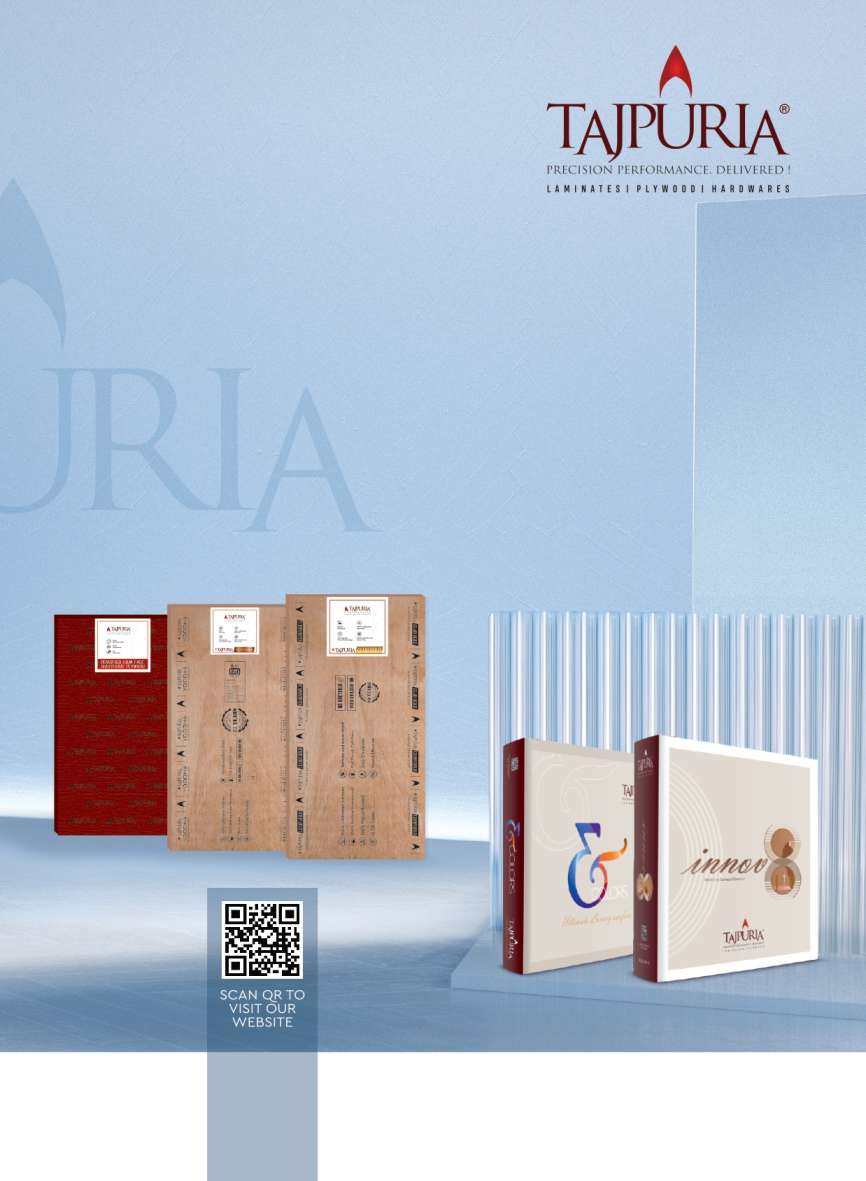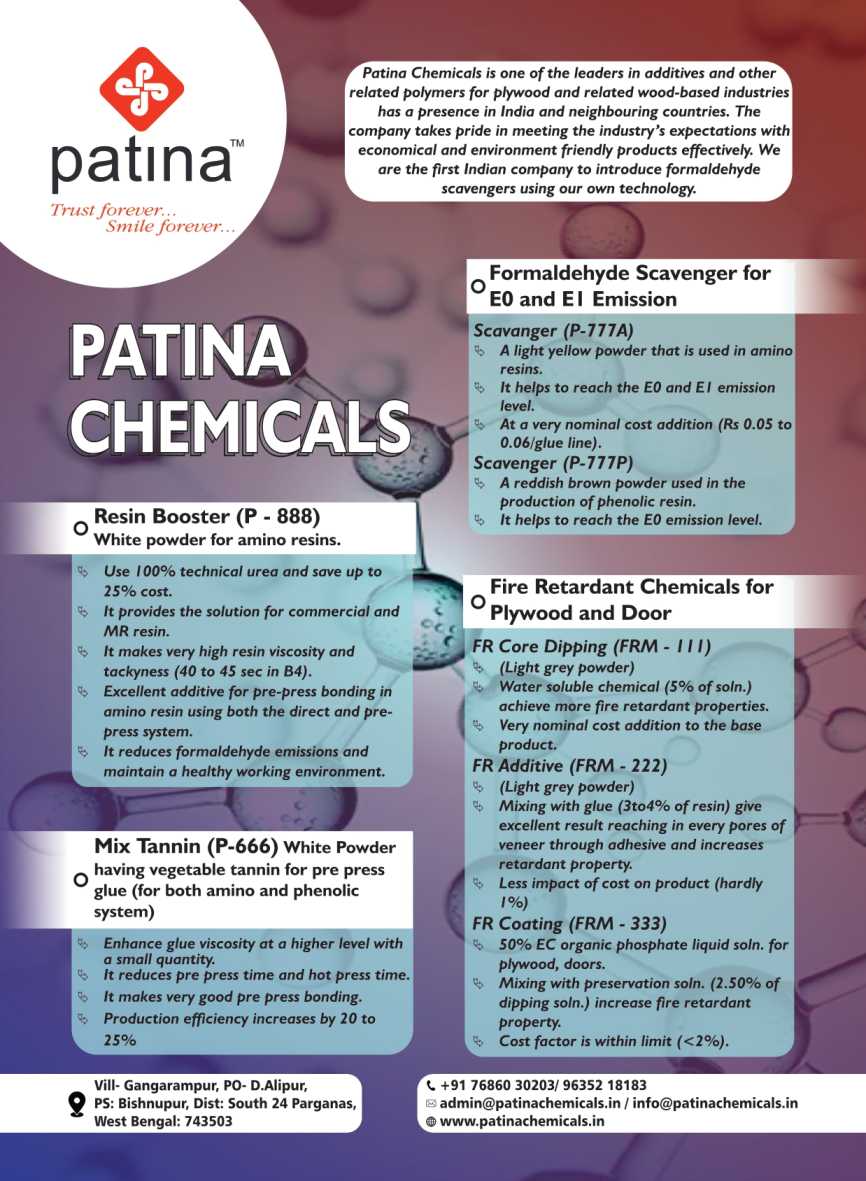
Meaning of fluctuations in rupee and Competitiveness of the domestic industry
- December 13, 2022
- 0
Changes in the exchange rate of rupee have a direct relation with imports and exports. When the rupee appreciates against the dollar, imports become cheaper; when the rupee depreciates against the dollar, imports become costlier.
On the other hand, when the rupee weakens against the dollar, our exports become more competitive, that is, cheaper in the global market.
For example, let’s say a product costs $10. For an Indian consumer, when the Indian currency was trading at Rs 70 against the dollar, the cost of importing that product was Rs 700. Compare this with the current situation, when the rupee is at the level of 82, it will cost Rs.820 for an Indian customer.
And when the Indian currency was worth Rs 70 against the dollar, the Indian exporter would get Rs 700 for a product worth $10. Whereas now the exporter will get Rs.820.
When we import, there is a need to buy US dollars and sell Indian rupees. The higher our imports, the higher the demand for dollars, as a result of which the dollar appreciates against the rupee.
Weak Rupee enhances the competitiveness of the domestic industry. As the value of imports increases, it tends to increase the retail prices of imported goods and services.
As a result, domestic goods become relatively cheaper than imported goods and consumers turn to cheaper goods produced in the country.
Such a situation may be in the interest of domestic companies which face stiff competition from cheaper imports.
रूपये में उतार चढ़ाव के मायने और घरेलू उद्योग की प्रतिस्पर्धात्मकता
रूपये के विनिमय दर में बदलाव का आयात और निर्यात से सीधा संबंध है। जब डॉलर के मुकाबले रूपये का मूल्य बढ़ता है तो आयात सस्ता हो जाता है जब रूपये का मूल्य डॉलर के मुकाबले कमजोर होता है तो आयात महंगा हो जाता है।
वहीं जब रूपया, डॉलर के मुकाबले कमजोर होता है तोे हमारा निर्यात वैश्विक बाजार में अधिक प्रतिस्तर्धी यानी सस्ता हो जाता है।
उदाहरण के लिए, मान लें कि किसी उत्पाद की कीमत 10 डॉलर है। एक भारतीय ग्रहक के लिए जब भारतीय मुद्रा डॉलर के मुकाबले 70 रूपये पर चल रही थी तो उस उत्पाद के आयात की कुछ लागत 700 रूपये होती थी। मौजूदा स्थिति के साथ इसकी तुलना करें, जब रूपया 82 के स्तर पर है तो भारतीय ग्राहक के लिए इसकी लागत होगी 820 रूपये।
वहीं जब डॉलर के मुकाबले भारतीय मुद्रा की कीमत 70 रूपये थी, भारतीय निर्यातक को 10 डॉलर की कीमत वाले उत्पाद के लिए 700 रूपये मिलते थे। जबकि अभी निर्यातक को 820 रूपये मिलेंगे।
जब हम आयात करते हैं तो अमेरिकी डॉलर खरीदने और भारतीय रूपये बेचने की जरूरत होती है। हमारा आयात जितना अधिक होता है, डॉलर की मांग उतनी ही अधिक होती है, जिसके परिणामस्वरूप रूपये के मुकाबले डॉलर की कीमत बढ़ जाती है।
कमजोर रूपया घरेलू उद्योग की प्रतिस्पर्धात्मकता को बढ़ाता है। जैसे-जैसे आयात का मूल्य बढ़ता है, यह आयातित वस्तुओं और सेवाओं की खुदरा कीमतों में बढ़ोतरी करता है।
परिणामस्वरूप आयातित सामानों के मुकाबले घरेलू सामान अपेक्षाकृत सस्ते हो जाते हैं और उपभोक्ता देश में उत्पादित सस्ते सामानों की ओर रूख करते हैं।
इस तरह की स्थिति वैसी घरेलू कंपनियों के हित में हो सकती हैं जिन्हें सस्ते आयात से कड़ी प्रतिस्पर्धा का सामना करना पड़ता है।
































































